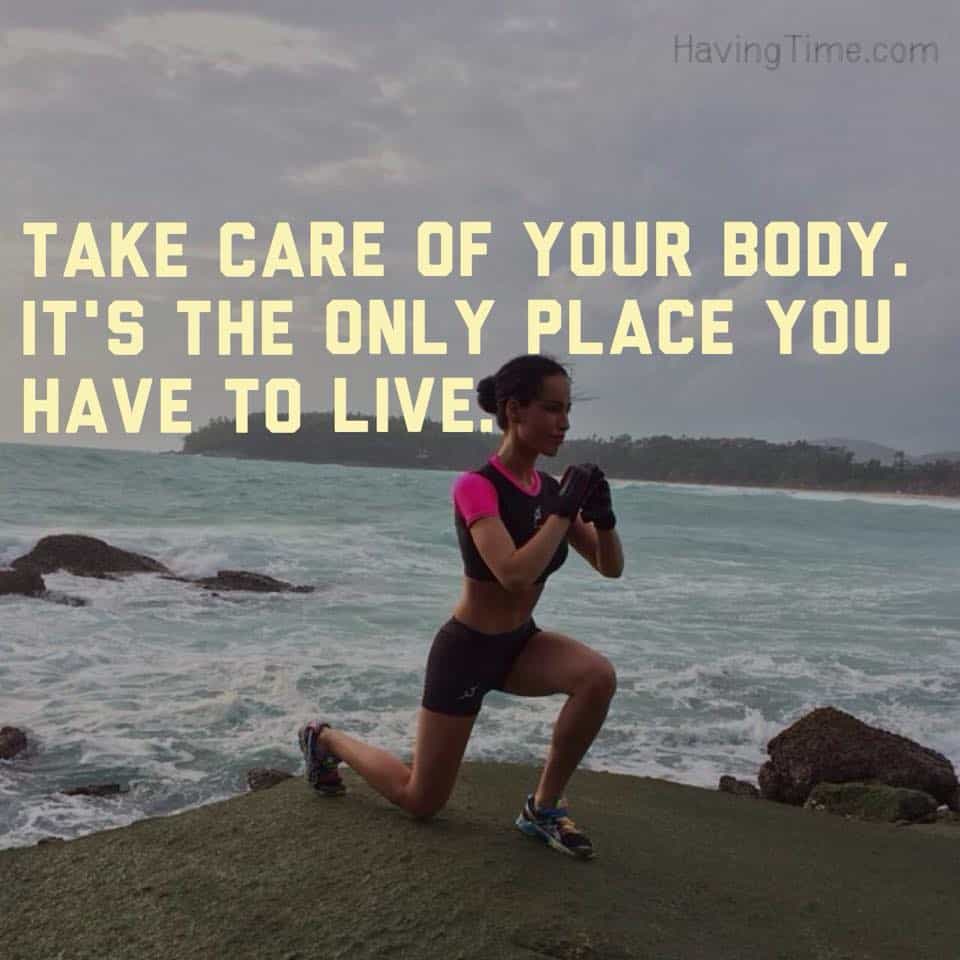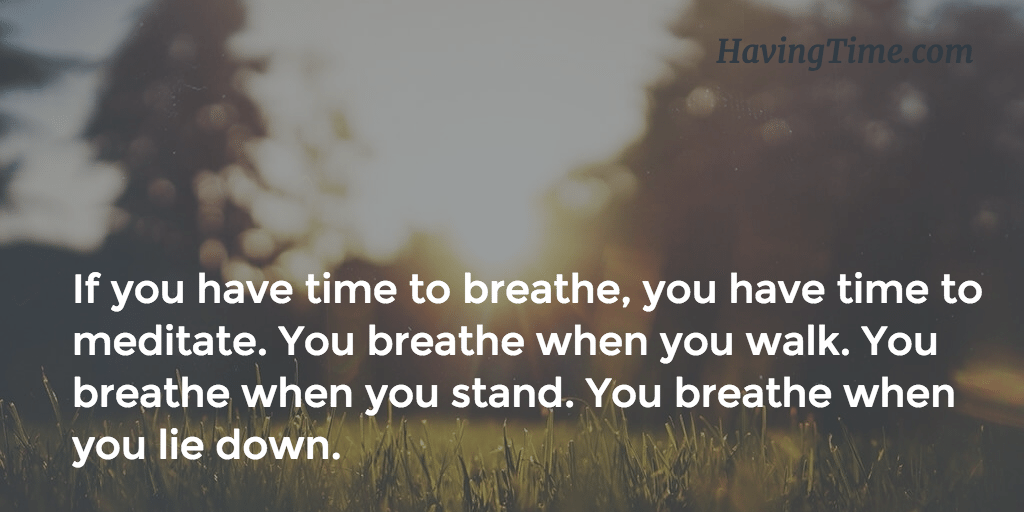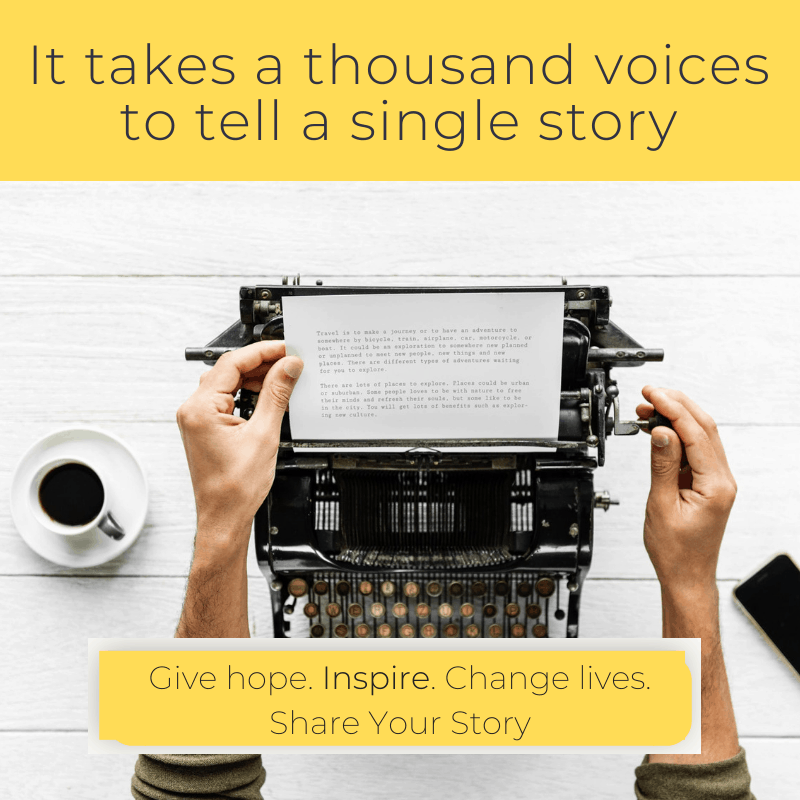We are creatures of our habit. We get up at the same time each morning, brush our teeth, have our morning tea, and then we go to work, following the same patterns each day, every day. So why is it so hard to form new healthy habits? How do you develop new habits in the first place? Behavioral scientists who study habit formation say that many of us try to create healthy habits incorrectly. We make bold resolutions to start exercising or lose weight, for example, without taking the steps needed to set ourselves up for success.

“The secret of success is learning how to use pain and pleasure instead of having pain and pleasure use you.” –– Tony Robbins
This is the key to fulfilling your health and fitness goals. I grasped it intellectually from Robbins, but now that I’ve experienced it for myself, I can verify it is true. It almost seems like magic, but it’s science. Though I guess science can be magical, too.
All human behavior is driven by one of two things: either towards pleasure or away from pain. You must understand how your brain works and responds to different stimuli. And then, you can use this principle when it comes to forming new healthy habits.
Our brain has been preprogrammed from birth genetics and shaped throughout our childhood years. We inherited this brain that automatically caused us to respond in specific ways to certain stimuli.
We can learn to re-program our brains to associate particular behavior with pleasure and specific behavior with pain. When I read ‘Unleash The Giant Within,’ I only understood this principle on a mental level as a concept. Recently, I became more aware of how this idea of pain versus pleasure rings true for me.
On Forming New Healthy Habits and How to Start
When it comes to forming new healthy habits, you’ve got to start small. No, make it tiny. To create a new habit, you must simplify your behavior first.
Make it ridiculously tiny. It is easy to do — and fast.
I’ve got a lot of examples in the pipeline, but let’s start with the easiest: fitness.
Many people claim to want to lose weight or gain muscle, yet they hate going to the gym or working out at all. This is because they associate exercise with pain. Slogans like “No Pain, No Gain” have ingrained in us that working out is painful.
Unless you are accidentally dropping weights on your foot, it should not be physically painful. It’s pleasureful! We have to train our brains to associate working out with pleasure on a subconscious level. Then it becomes second nature. But first, we have to do this on a conscious level by re-framing the way we look at things.

We often associate exercise with “pain” because it’s uncomfortable. After working hard all week, we think we deserve to spend Saturday lounging on the couch and watching TV.
We crave comfort to deal with stress. But even if we don’t have stress, we choose the route of comfort because we have linked it with pleasure. Our brains pick the easiest path to Happiness, but our brains are often wrong.
Comfort Doesn’t Equal Happiness
Science has proved that the more hours you spend watching TV, the more likely you are unhappy. Yet the average American watches five hours of television a day. Why? Because we think it’ll make us happy. On a subconscious level, we have equated television with decompression, relaxation, enjoyment. The neurons in our brain associate TV with pleasure, making us want to watch more of it.
Happiness Requires Action
Exercise is far more likely to increase Happiness than watching Netflix. Fact. Yet the average American works out only two hours per week!
There are so many reasons we might associate exercise with pain (and I don’t mean the apparent soreness the next day.) Maybe we think we’re not fit enough to start. Perhaps we believe we are being judged for how we look. Perhaps we hate how lifting weights remind us we’re not strong enough. The stories we create and then tell ourselves to go on and on…
If we instead focused on pleasure, the national average would go up. The joy of exercising outweighs the pain! Endorphins, clarity of mind, sustained focus, lasting energy, the feeling of progress and accomplishment as the weights you lift increase in small increments; the list is endless!
Isn’t it interesting how the pain we associate with exercise is like a tangible thing that is not, but the benefits can be seen and felt in our bodies? What does that tell us? The pleasure is real – the pain is fiction.
Beginning With The End in Mind
Beginning with the end in mind means focusing on the reward instead of the struggle at the start. Not doing so could hinder you from getting going. I know how hard it is at first to get into a gym routine. You’re starting from the bottom, out of shape, physically weak, and uncomfortable. Though, shortly after, you begin to notice how your entire daily life improves!
And it’s so self-loving! You aren’t doing it for your boss, or your parents, or a significant other.
You’re doing it for yourself, and the way your body feels and your mood improves.
Pleasure – Pain Principle Also Applies to Meditation
Many people tried meditation and hated it. Why? Because they weren’t meditating. They associate it with pain because of their negative thoughts while sitting there.
Some people get even more anxious during meditation. Sure, but it has nothing to do with the practice itself –– people put pressure on themselves to be “good” at it, they judge themselves for not meeting those expectations. Or they sit there for five minutes and expect something big and magical to happen.
If people were able to quieten their minds, hush that endless internal chatter, and expand their consciousness into the fullness of the moment – there is no way their experience with meditation would be anything but positive.

Want More Examples?
I have a friend who used to smoke marijuana and loved it. One day, he had a ‘bad trip,’ and he quit cold turkey from that day forward. Sometimes the pain is so sharp and sudden that it can jolt your nervous system into creating change instantly!
I used to love pancakes. Perhaps because they reminded me of childhood, but more likely because they’re delicious! Now I associate them with pain because of the way they make my body feel. They no longer serve me because they take away my energy and don’t make me feel good.
Now I eat oatmeal for breakfast. Yes, it doesn’t taste amazing, but it sustains me, fuels me, gives me lasting energy. The lasting pleasure outweighs the short-term satisfaction of the other.
It is more important to be mindful of how something is affecting your body rather than affecting your taste buds. #NothingTastesAsGoodAsHealthyFeels!
“If we want to direct our lives, we must take control of our consistent actions. It’s not what we do once in a while that shapes our lives, but what we do consistently.” – Tony Robbins
We are what we do. To still think of yourself as an athlete because you used to play water polo in high school is a bit delusional. The same goes for thinking of yourself as an entrepreneur without doing anything that would support that belief.
Living with intention means performing actions that are aligned with your values rather than having a false narrative about who you are in your head.
You can use this pleasure/pain principle to live a life that better serves who you are at the core. If you look at exercise as a chore or meditation as a drag, it’s never going to stick. You first have to associate the act with pleasure on the conscious level, and through repetition, it will become encoded on the subconscious level. That’s how real change takes place. That’s how you’ll become an even more extraordinary person than you thought possible!
photo source: adobe





